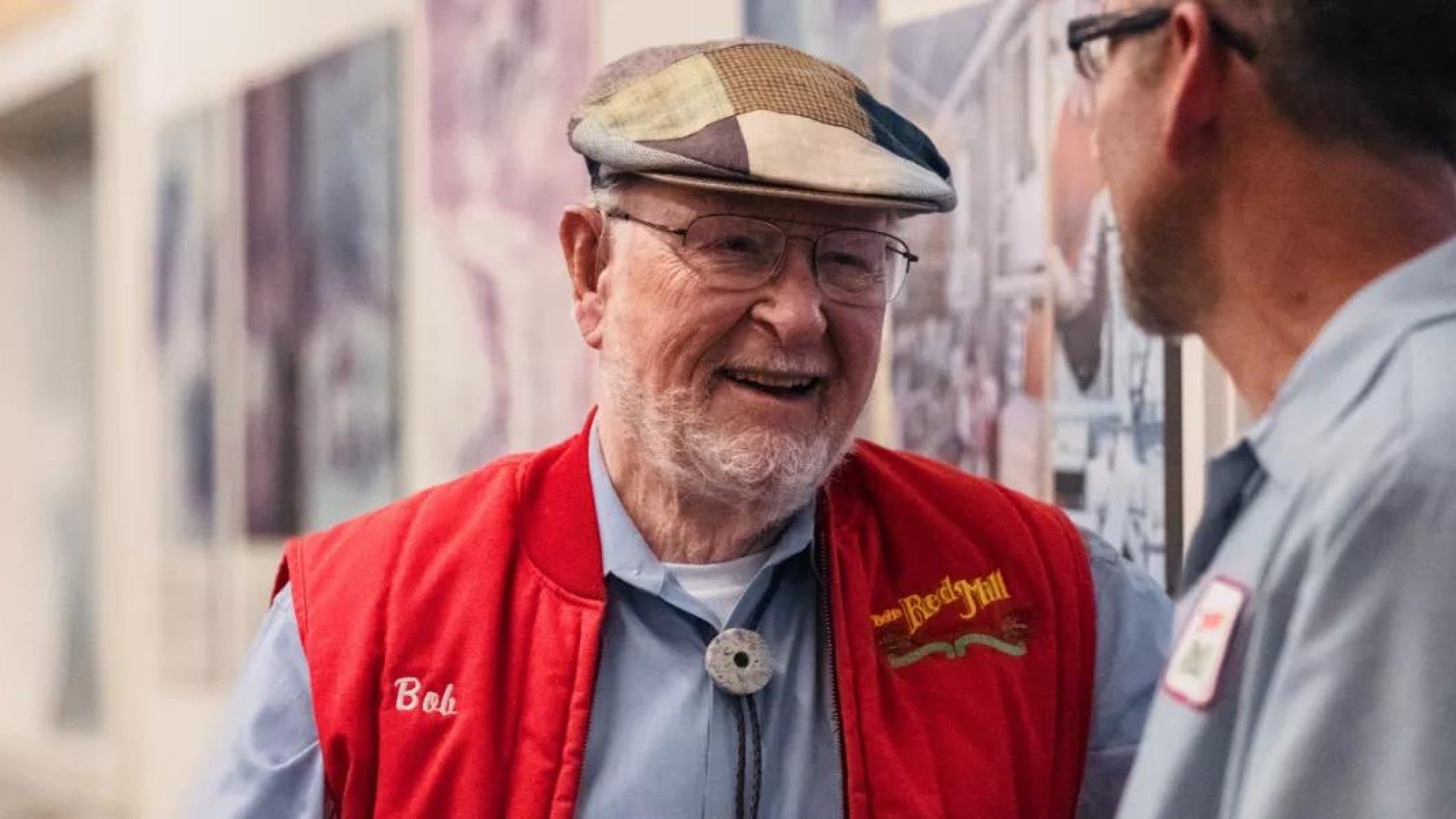Bob’s Red Mill is a natural foods manufacturer in Oregon with a reputation for its holistic approach to both a healthy diet for customers and a healthy, happy workplace for employees.
The company, a Principal® client, takes a multifaceted approach to workplace support, ranging from well-informed employee committees to its very structure as an ESOP (employee stock ownership plan).
Learn from Bob’s Red Mill how employee benefits can help build a better business.
1. Prioritize career growth and retention (and fun).
Bob’s has cultivated a culture of career growth, says Crystal Granger, senior benefits administrator.
“The benefits we offer are really just a tool to help employees achieve their goals,” she says. “We’ve created an atmosphere where employees can focus on the important things and not worry as much.”
Trey Winthrop, CEO, says that fun also can be an underrated feature for a business. And retention is a key metric for how much fun employees have at work.
“When employee owners are getting ready for their workday, whether it be at midnight or 6 a.m., we want them to look forward to what their day holds,” Winthrop says. “Our goal is to have employee owners heading home feeling challenged and proud of what they have accomplished.”
Bob’s Red Mill stays on top of retention in ways both big and small. Big: ESOP and profit-sharing encourage loyalty. Small: Winthrop and his human resources (HR) colleagues sit down for individual conversations with employees nearing retirement—to help both the business and employee navigate a smooth transition.
Learn more: Attract and retain among five top issues for small businesses.
2. Respect work-life integration.
During the traditional summer slowdown in production, a voluntary program allows employees to take more (unpaid) time off. Benefits are maintained even when an employee doesn’t meet the weekly threshold for work hours.
Granger also can choose to work four 10-hour days and enjoy a three-day weekend.
She recently helped onboard a new factory employee, a woman juggling her work on the night shift with caring for a 6-month-old infant and enrolling in English classes. Granger helped the employee transfer to a day shift.
“That feeling is why I come to work,” Granger said. “When people can have a healthy work-life integration, I feel like that's when our benefits are showing up for them. They're less worried about their financial security, physical needs, or mental health.”
Learn more: A step-by-step guide to support employee mental health and well-being.
3. Regularly adjust employee benefits to match needs.
Benefits can be “very reactive in general,” Granger says.
For instance: You get sick, go to the doctor, and access the benefit of health insurance.
“We're very proactive in our approach to benefits,” Granger says. “We have an entire wellness committee to help meet people's needs before they even know it's something they need.”
Preventative health appointments are complimentary for Bob’s Red Mill employees. The company sponsors on-site biometric screening.
The business a few years ago added a set of “lifestyle benefits,” including $2,500 of dependent care, tuition reimbursement, a scholarship program, and separate accounting for vacation and sick days.
“We’ve taken a look to ensure what we're offering is what people want and not just what we think they need,” Granger says. The company gains insight into the employees needs and priorities via individual conversations and feedback groups.
Learn more: Get four tips to figure out what benefits your employees really want.
4. Continually improve benefits communication.
You can’t overcommunicate which employee benefits you offer and how to access them.
A May 2022 Principal survey of 128 full-time employees across industries found that half of employees (53%) say their company’s employee assistance program (EAP) remains unused because they’re unsure how to access its benefits—or that they have a program in the first place.
Bob’s Red Mill has become adept at balancing communication to both administrative staff on hybrid schedules and factory workers on site. Some HR staff relocated to the factory floor to better serve essential workers, for example.
In addition to providing an online webinar, each new hire at Bob’s Red Mill attends a two-hour meeting with an HR representative during their first 60 days of employment.
Bob’s Red Mill also maintains a variety of attentive employee committees, including more than 40 employees on its ESOP committee who represent all shifts and departments.
“They are what I call the ‘brand ambassadors,’” Winthrop says. “They are given information first to help everybody understand what we have in front of us—both positively and negatively. And this is not just ESOP related, this is when we change benefits, or open a new plant.”
Learn more: Nine things your employees are thinking that may surprise you.
5. Allow your business values to guide benefits choices—not the other way around.
Don’t expect any set of benefits to make up for a lack of core values. Your business philosophy and conviction must come first.
Winthrop says Bob’s Red Mill became employee-owned through a natural progression of doing the right thing, a company culture instilled by founder Bob Moore.
“We like to be transparent and give people the big picture,” Winthrop says. “Everybody wants to feel like they are part of something, and through that you get a lot more value. And that probably is why we became an ESOP. We did not become an ESOP and then start doing these things.”
A consistent focus on employee support over time—whatever your business model—may also translate to better customer service.
“I work with a lot of guys who are really invested in our ESOP, and they care about the product and the way they build their pallets, the way they ship things out to customers,” says Michael Hall, warehouse supervisor. “They want to make sure the customer gets it in pristine condition and that the way it comes off the line is up to our standard. We want it to be perfect.”
Learn more: Are your employee benefits and company culture ready to move ahead?
What's next?
- Take a look at your own approach to employee benefits with the Principal® Benefit Design Tool. Compare what you offer with businesses of a similar industry, size, and region.



